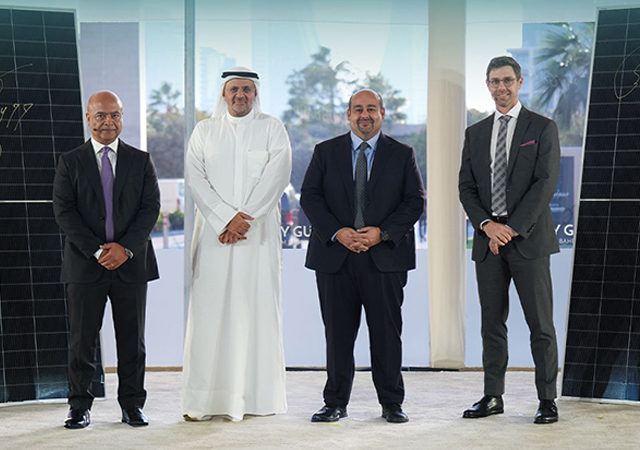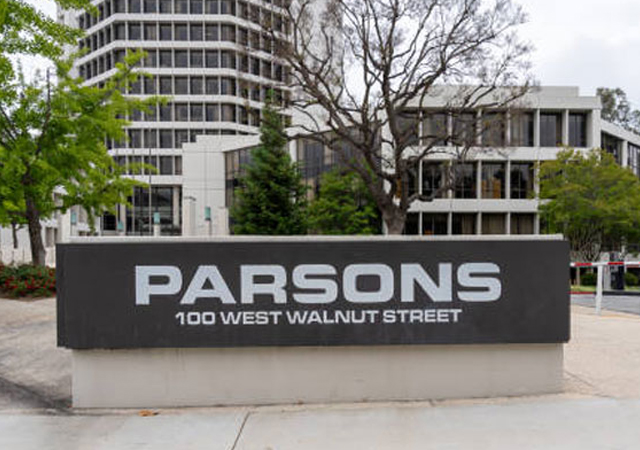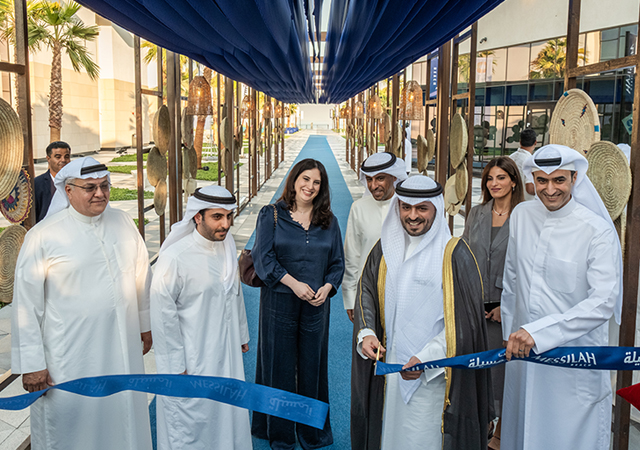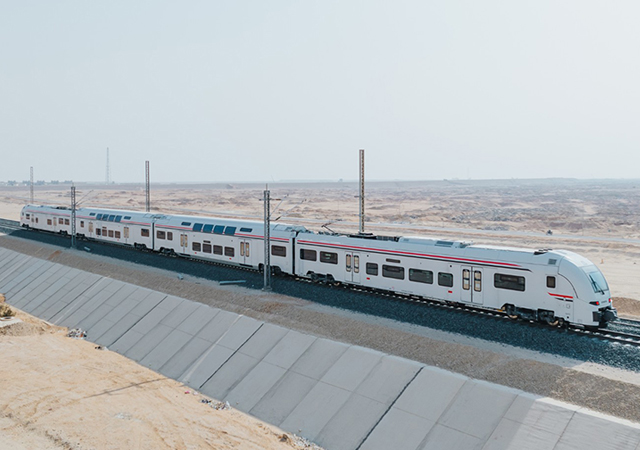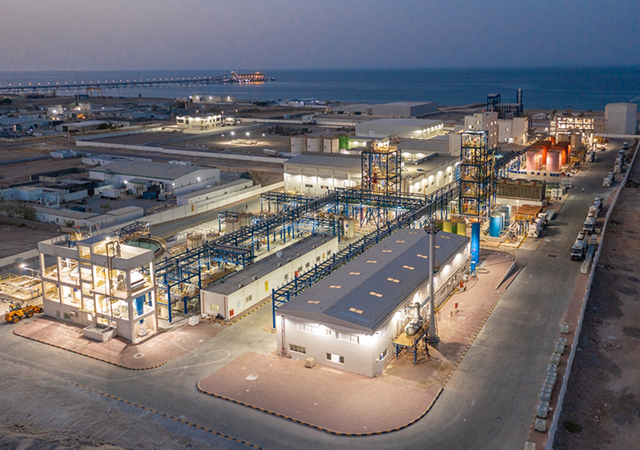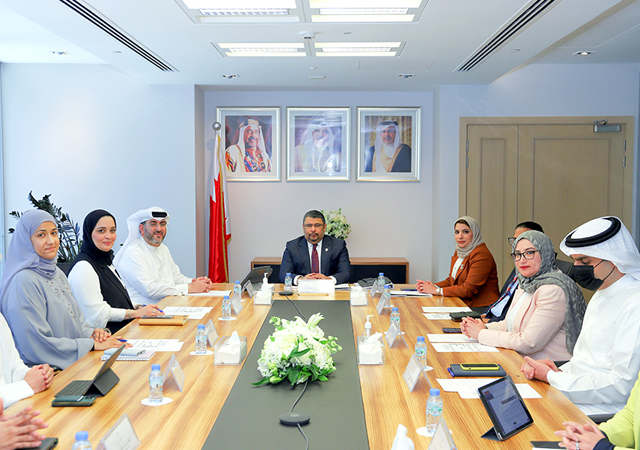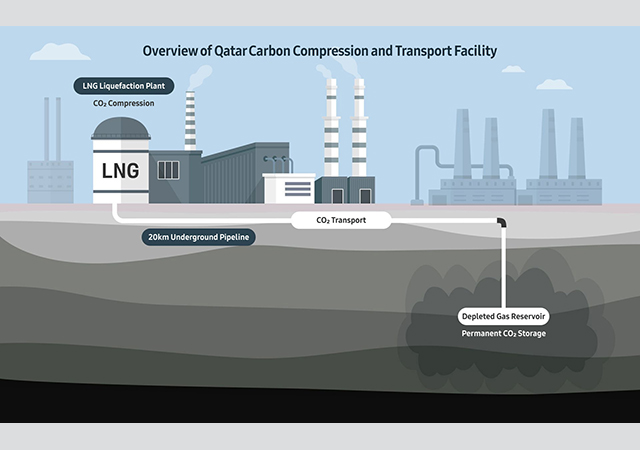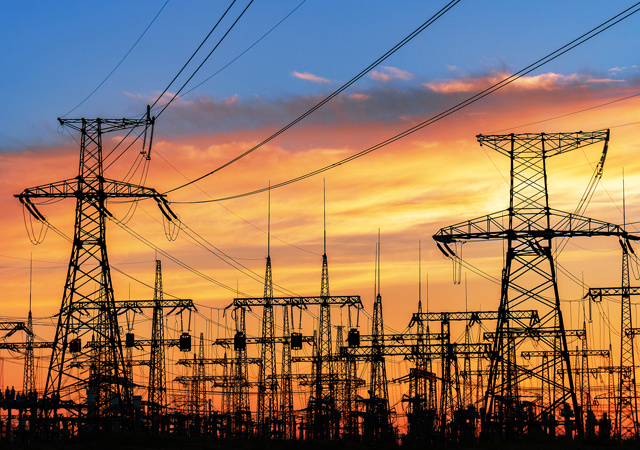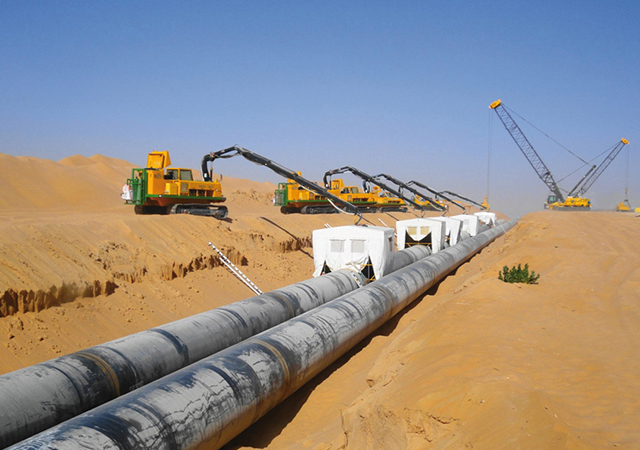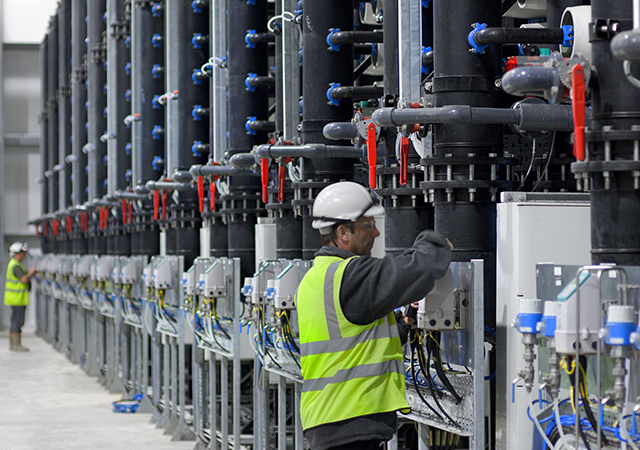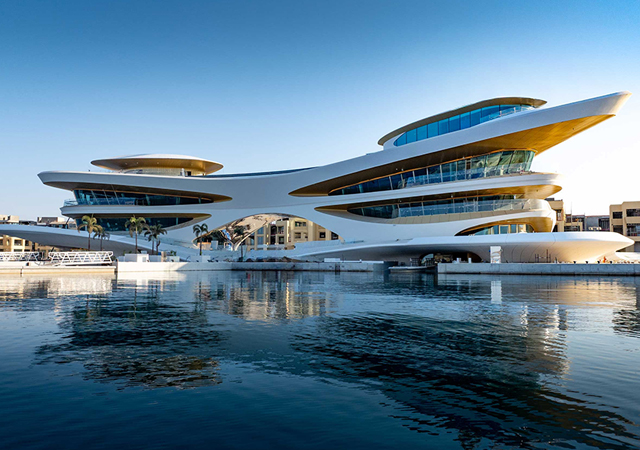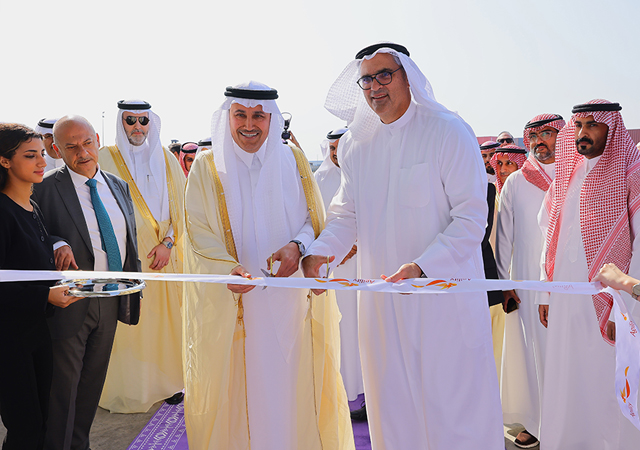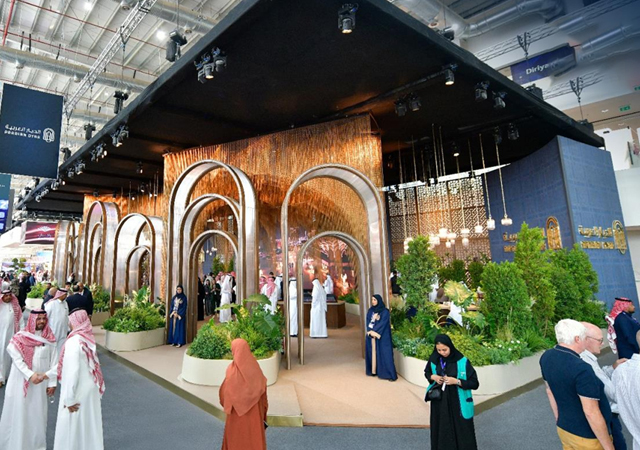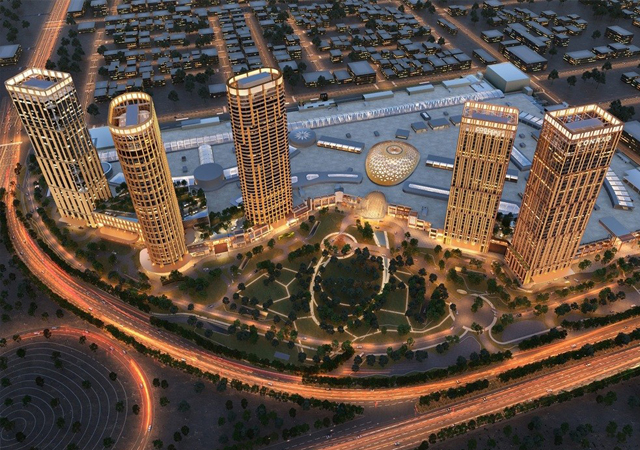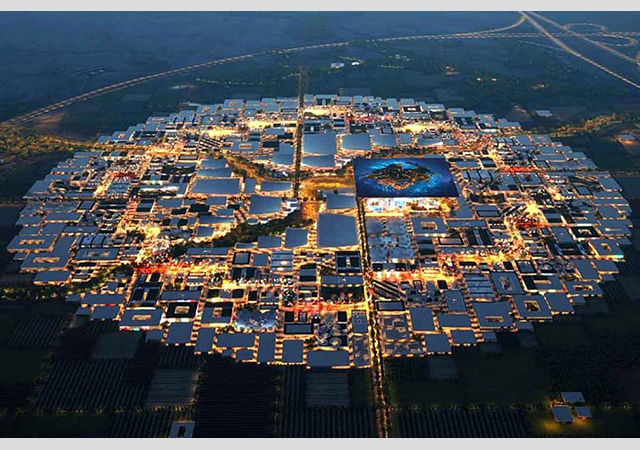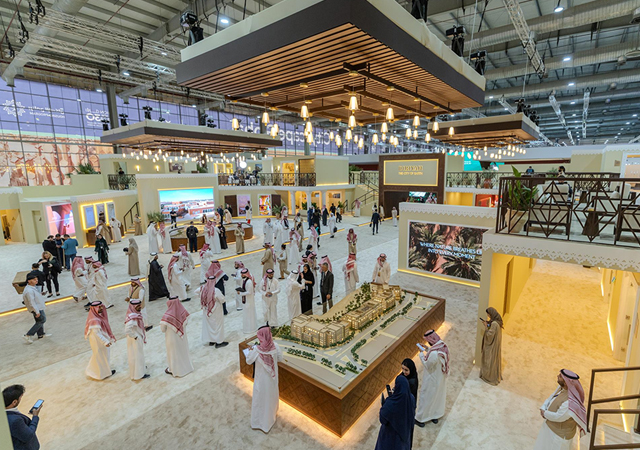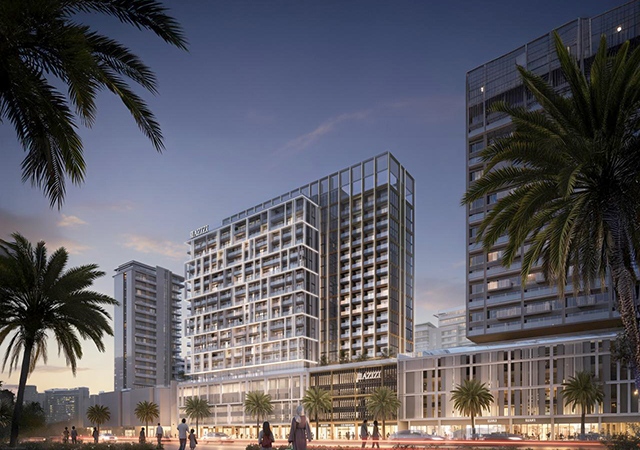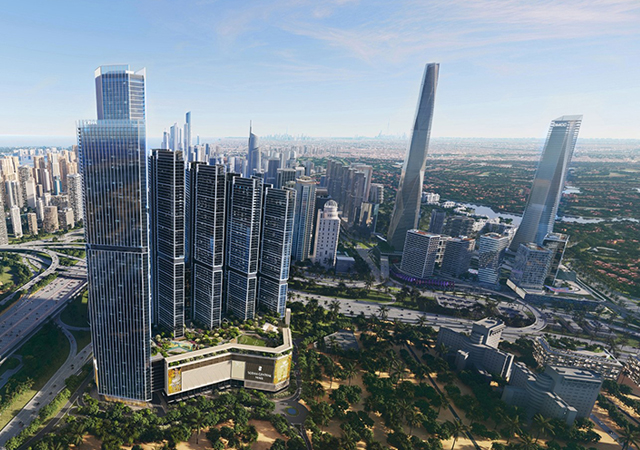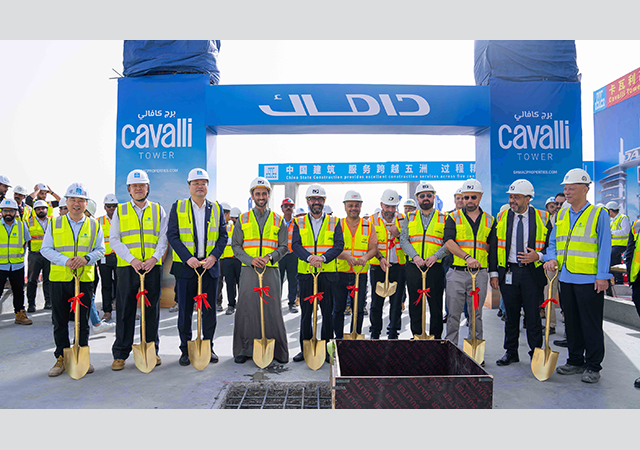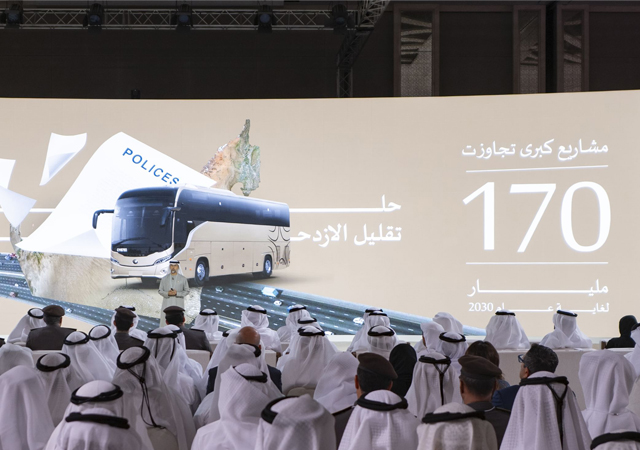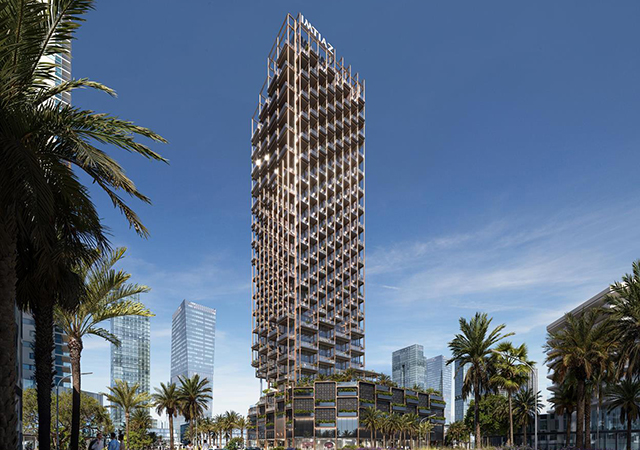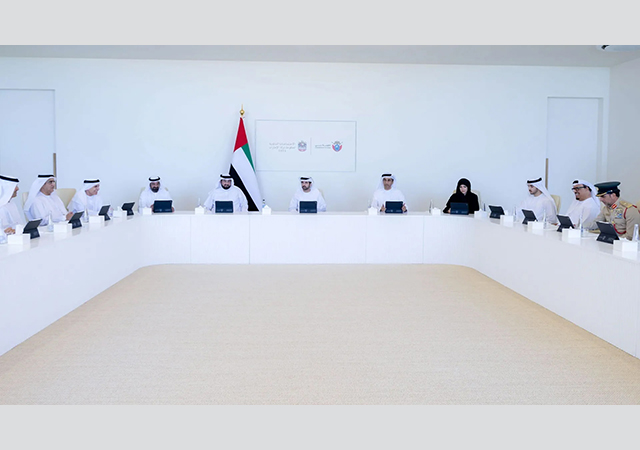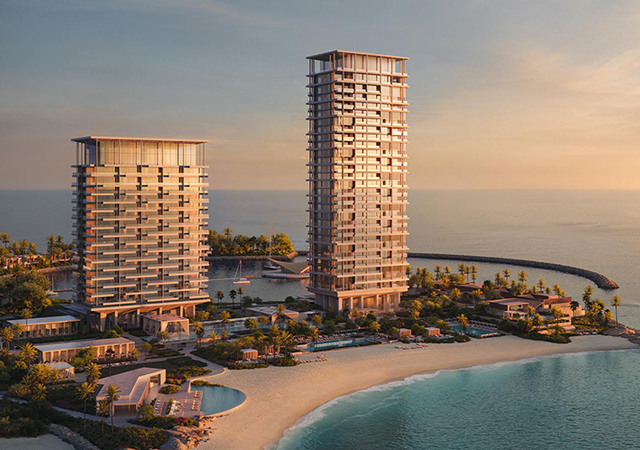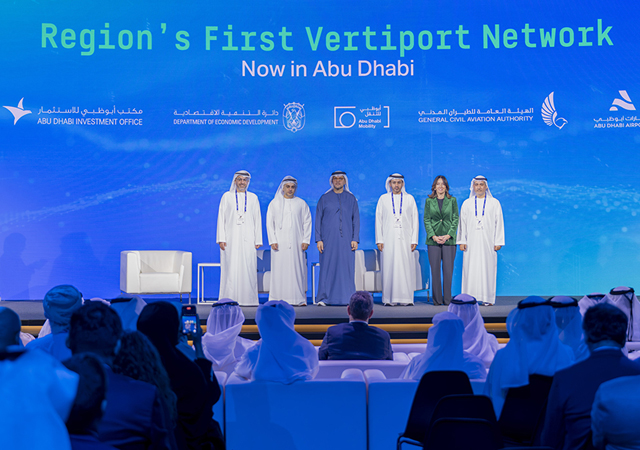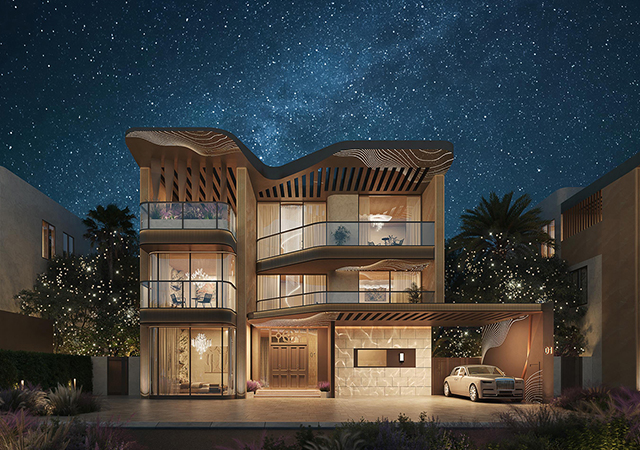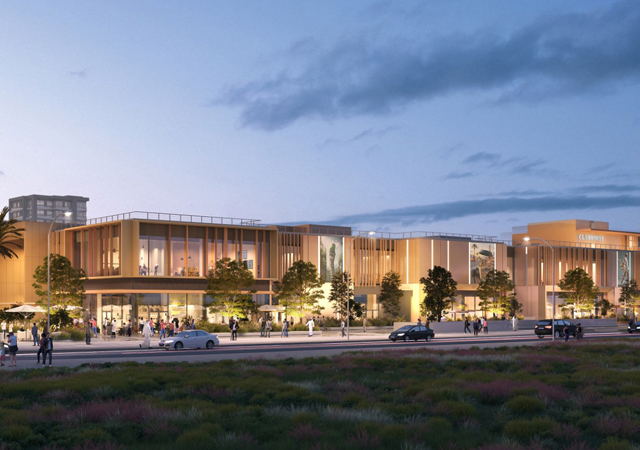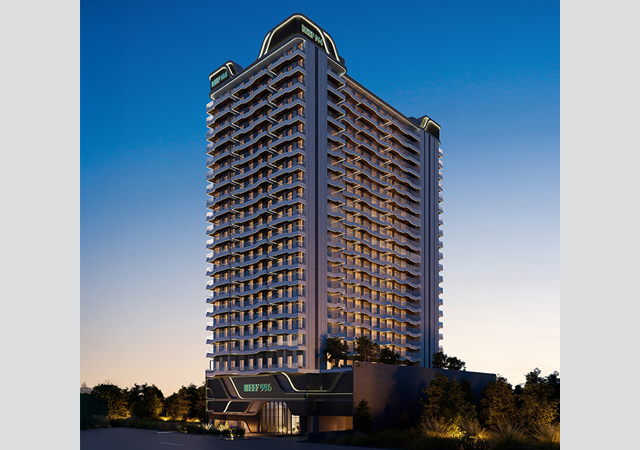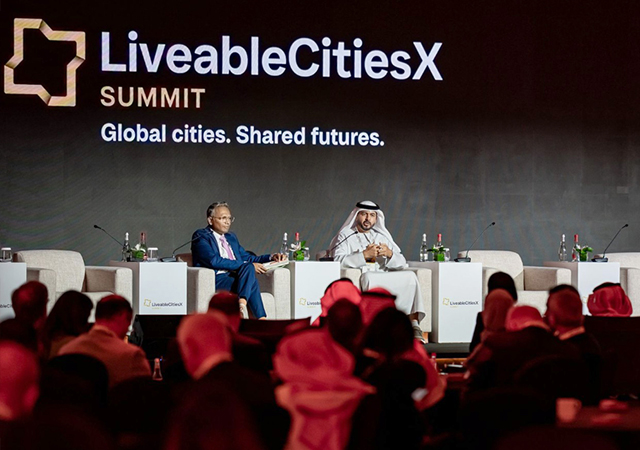 Energy-saving lighting halogen solutions ... at Sohar Aluminium’s office in Oman.
Energy-saving lighting halogen solutions ... at Sohar Aluminium’s office in Oman.
ROYAL Philips Electronics has brought out a broad range of solutions to help customers make a quick and efficient switch from incandescent lighting to energy-saving technologies in compliance with EU new legislations, which come into effect in September this year.
The phase-out of incandescent lighting is expected to make a significant contribution to reducing energy use and carbon emissions. According to Philips’ estimates, the switch to energy-efficient lighting in homes in Europe could save €10 billion ($13.5 billion) per year in energy costs, equivalent to 25 million tonnes of carbon dioxide (CO2).
“As part of its commitment to being the greenest lighting company in the world, Philips will be making additional efforts to ensure its customers can comply with the phase-out of incandescent lamps before the legislation comes into effect,” says Garrett Forde, CEO of commercial activities in Europe, Middle East and Africa. “We can today deliver all alternatives to incandescent lighting to our professional partners in anticipation of the forthcoming legislation.”
The company will be increasing manufacturing capacity of its broad range of alternative solutions in order to meet all of its professional customers’ lighting needs – from general-purpose lighting to ambiance creation – while delivering all the energy-saving benefits of alternative lighting solutions such as light-emitting diodes (LED), halogen and high-quality compact fluorescent (CFLi) products.
Philips Middle East will also be calling for the development of minimum energy/quality performance criteria for lighting throughout the region. The aim would be to stimulate a fast switchover to a new generation of energy-efficient and greener lighting technologies.
Philips believes the lighting industry can be an excellent partner to businesses and institutional lighting consumers to help them lower their costs and carbon emissions with simple but effective upgrades. For example, an average hotel could save around €40 per year per room – and the equivalent of 42,500 kg of CO2 or 22,250 trees – by having its lighting simply upgraded to energy-efficient systems.
Range of solutions
Philips offers broad portfolio of energy-efficient lighting solutions, from lamps and luminaires to electronics and controls, all capable of lowering both operational costs and CO2 emissions. These include:
• LED: Philips offers a portfolio of sustainable LED products for business customers, such as its new flagship product, the MasterLed. This is an ultra-efficient, fully-dimmable LED lamp for direct replacement of conventional incandescent lamps and can produce energy savings of up to 80 per cent. It has a lifespan of 45,000 hours. The lamp is available in a choice of warm or cool white from 2,700 to 4,200 K. The MasterLed GU 10, GU 5,3 and NR63 are especially designed for accent lighting and are available in 25 or 40 gr spot versions, perfectly suited for 24-hour-usage applications such as hotels or corridors where maximum and constant efficiency is required.
• CFLi: Over the past few years, the performance of energy-saving lighting solutions has increased dramatically. “Traditional first-generation energy-savers cannot be compared to the current generation of energy-efficient lighting solutions (like the Master PLE, Master PLE Ambience and Master PLE Globe),” says Forde. “Furthermore, Philips has developed energy-efficient lamps that are dimmable. Finally, the shape and design of the latest generation of energy savers has improved and can easily be retrofitted to any luminaire.”
• Halogen: Philips’ lighting product portfolio includes the world’s most energy-efficient halogen solutions, including the EcoClassic and MasterClassic, he claims. “These lamps are designed to deliver the very best in light quality, ambiance and atmosphere, while at the same time delivering energy savings of up to 50 per cent. In addition, the EcoClassic range operates on all common dimmers, allowing users to control the light level and to create the required atmosphere.”
Forde says that by taking into consideration the application and specific characteristics of energy-efficient lighting technologies such as LED, CFLi and halogen, it is possible to achieve equivalent levels of lighting quality as with conventional light sources, but with reduced energy consumption.
“To maximise the energy-saving potential of these technologies, Philips recommends the application of good lighting design, and the involvement of professional designers. These can be found through organisations as the PLDA (Professional Lighting Designer’s Association) and the IALD (international Association of Lighting Designers), whose members can – through the design process – advise on optimum energy efficiency without compromising on lighting quality,” he says.
Royal Philips Electronics of the Netherlands, a world leader in healthcare, lifestyle and lighting, integrates technologies and design into people-centric solutions, based on fundamental customer insights and the brand promise of “sense and simplicity”.



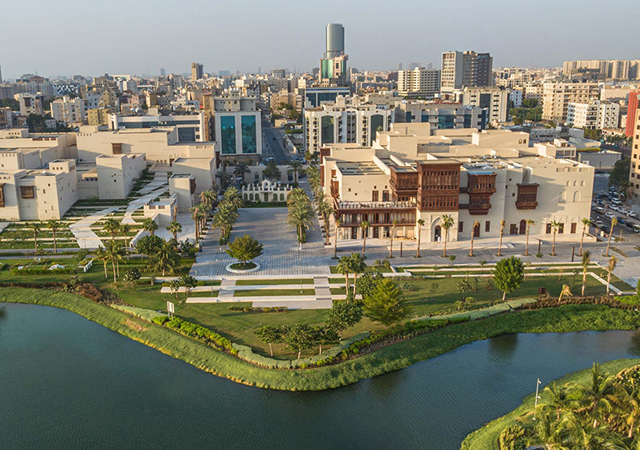
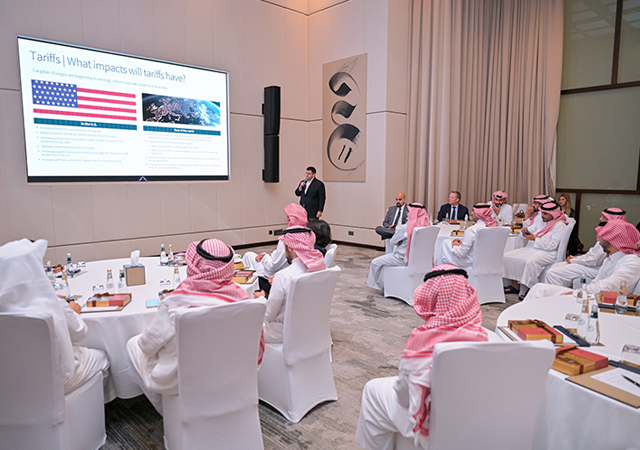

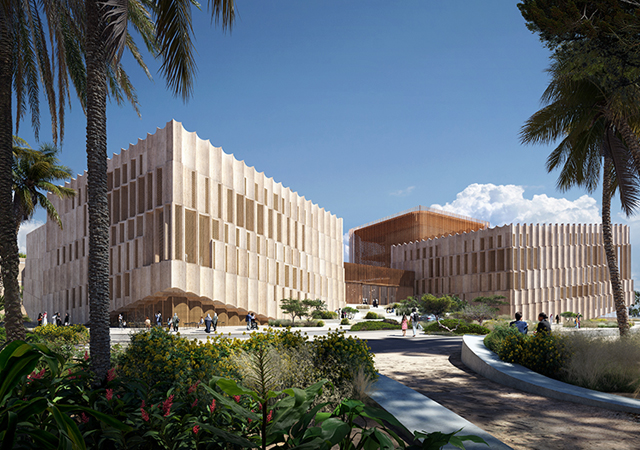

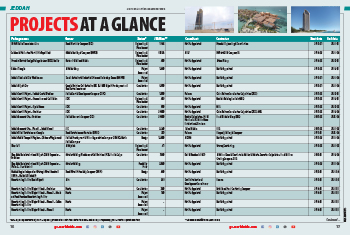
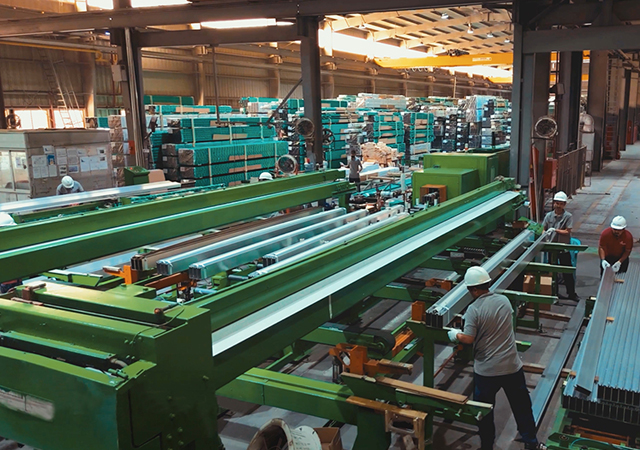

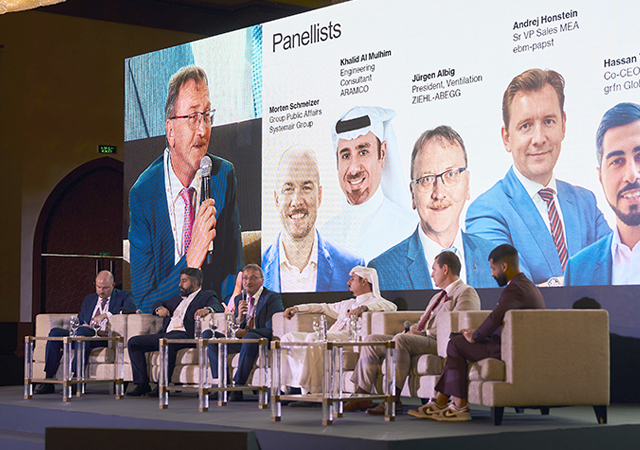

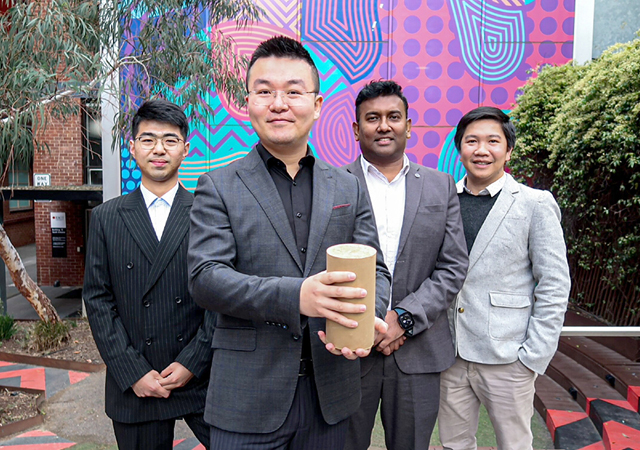
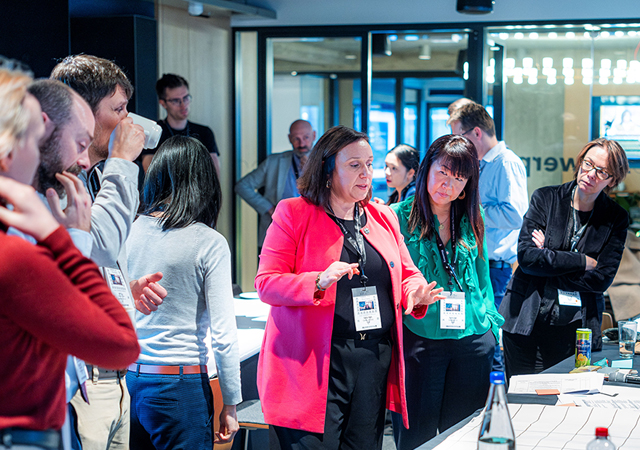
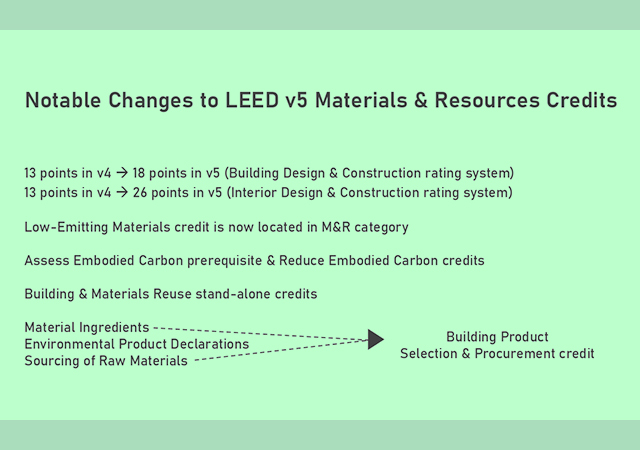
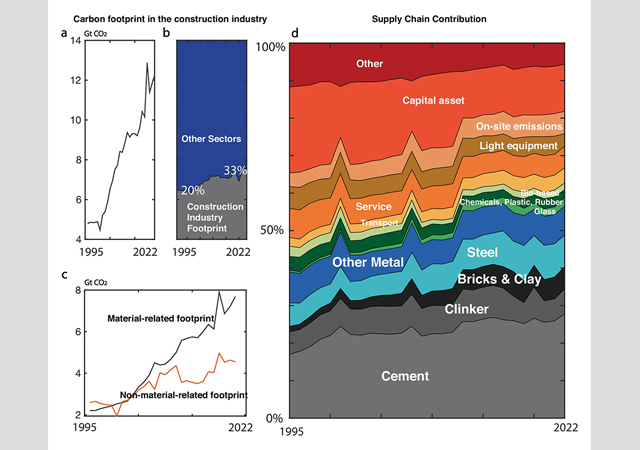
.jpg)
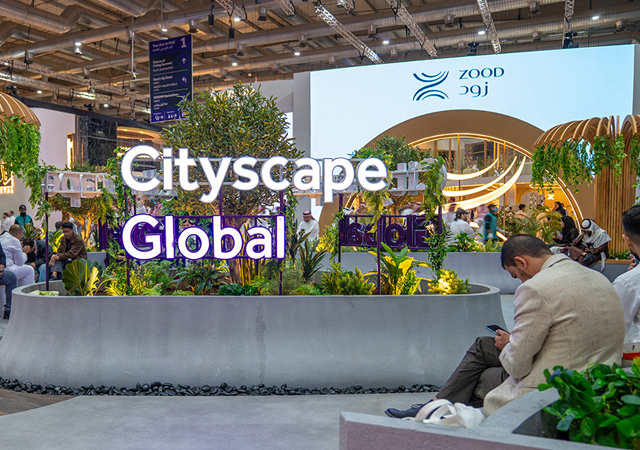
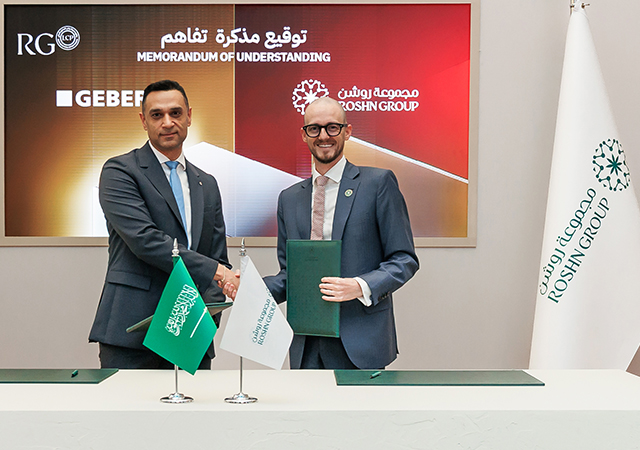

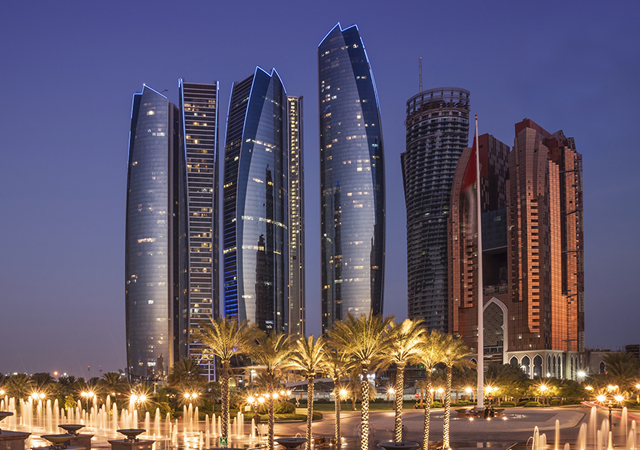


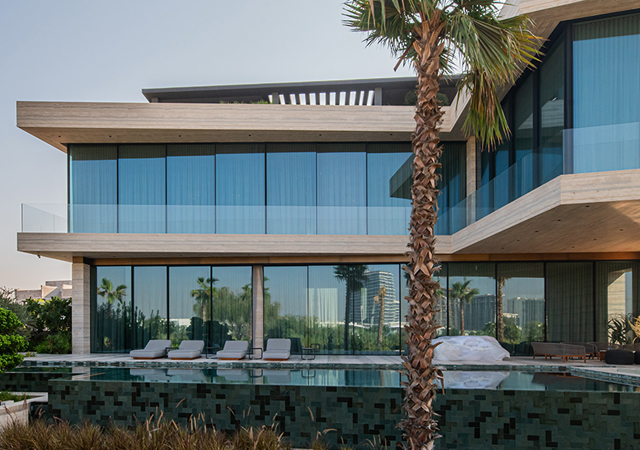






 (1).jpg)

